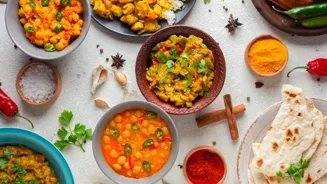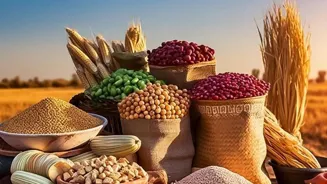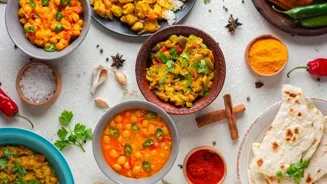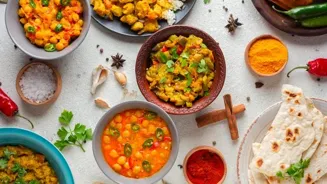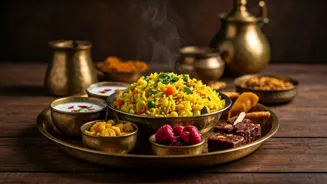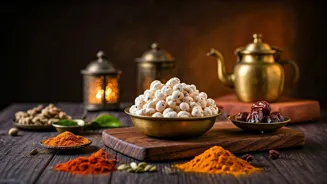Dive into the world of Indian rice varieties, cooking tips, and recipes. Unlock the flavors and heritage!
India, the land of spices and diverse cultures, is also home to a remarkable array of rice varieties.
From the fragrant Basmati of the north to the humble Sonamasuri of the south, rice is more than just a staple; it’s an integral part of our culinary heritage.
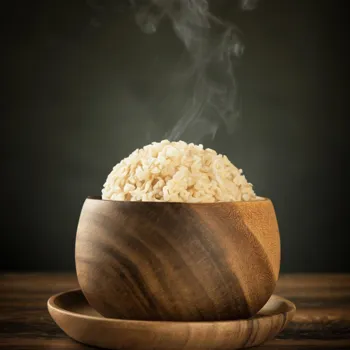
Let's embark on a flavorful journey, exploring some popular Indian rice types and sharing cooking tips to unlock their full potential, along with some easy-to-make vegetarian recipes.
Indian rice varieties offer diverse flavors, textures, and aromas
Indian cuisine boasts a mind-boggling number of rice varieties, each with its unique texture, aroma, and cooking properties. Basmati, perhaps the most well-known globally, is cherished for its long grains, delicate fragrance, and fluffy texture. It is sourced from the foothills of the Himalayas.
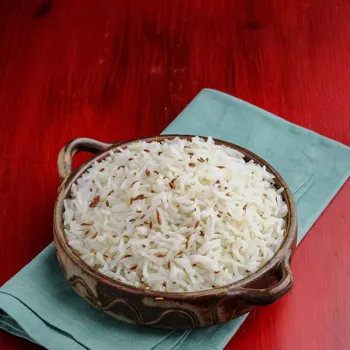
Then there's Sonamasuri, a lighter, shorter-grain rice popular in South India, perfect for everyday meals. Gobindobhog rice from West Bengal has a sweet, buttery aroma that makes it ideal for special occasions. Jeera Samba, a tiny-grained aromatic rice from Tamil Nadu, is another gem.
For those seeking a healthier option, brown rice, with its nutty flavor and high fiber content, is a nutritious choice. Each type of rice brings something unique to the table!
Mastering rice cooking: ratios, rinsing, soaking, pot choice, simmering
Mastering the art of cooking rice can elevate even the simplest of meals. The rice-to-water ratio is crucial. For most long-grain varieties like Basmati, a 1:2 ratio (1 cup rice to 2 cups water) works well. For shorter grains like Sonamasuri, a 1:1.5 ratio might be better.
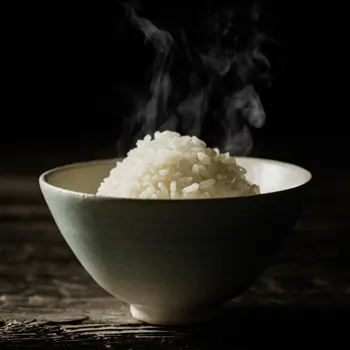
Rinsing the rice before cooking is essential to remove excess starch, resulting in a less sticky final product. Soaking the rice for about 30 minutes before cooking helps to soften the grains and ensures even cooking. Use a heavy-bottomed pot to prevent the rice from sticking and burning.
Once the water comes to a boil, reduce the heat to low, cover the pot tightly, and let the rice simmer undisturbed until all the water is absorbed. Fluff the rice with a fork before serving for a perfect texture.
Delicious vegetarian rice recipes: Lemon Rice, Saffron Rice, Vegetable Pulao
Let's move on to some delectable vegetarian rice recipes that you can easily recreate in your kitchen. Start with a simple Lemon Rice (Chitranna), a South Indian specialty. Cook Sonamasuri rice as directed above. In a separate pan, temper mustard seeds, curry leaves, and asafoetida in oil.
Add turmeric powder and lemon juice. Mix well and add the cooked rice. Garnish with chopped coriander leaves and serve. Saffron Rice is an elegant addition to any meal. Soak a pinch of saffron strands in warm milk. Cook Basmati rice as usual. Once cooked, gently fold in the saffron milk.
The rice will turn a beautiful golden color and have a delicate aroma. For a wholesome and flavorful dish, try Vegetable Pulao. Sauté chopped vegetables like carrots, peas, beans, and potatoes with spices like cumin, coriander, and turmeric. Add Basmati rice and water.
Cook until the rice is done and the vegetables are tender.
Rice flour and poha expand culinary possibilities beyond cooked rice
Rice is not just limited to cooked grains. Rice flour and flattened rice (poha) are versatile ingredients that open up a whole new world of culinary possibilities. Rice flour, made by grinding rice grains, is naturally gluten-free and can be used to make dosas, idlis, rotis and baked goods.
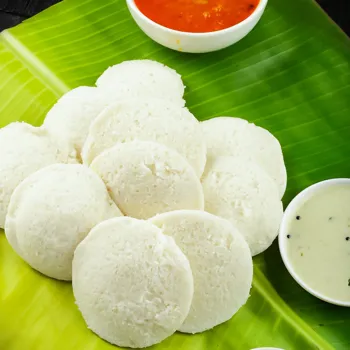
Poha is rice that has been flattened into light, dry flakes. It is a popular breakfast item in many parts of India, often cooked with onions, potatoes, and spices. Poha can also be used to make snacks like chivda, a savory mixture of flattened rice, nuts, and spices.
These rice-based products offer exciting ways to incorporate rice into your diet beyond the traditional cooked grains.
Rice offers nutritional benefits such as energy and fiber
While often perceived as a simple carbohydrate, rice offers several nutritional benefits. It is a good source of energy, providing carbohydrates for fuel. Brown rice, in particular, is rich in fiber, which aids in digestion and helps regulate blood sugar levels.
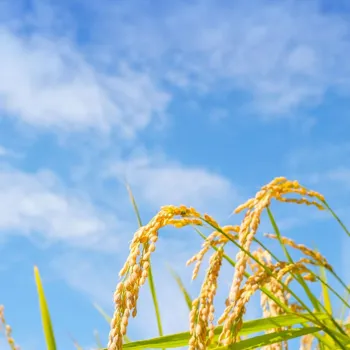
Rice also contains essential minerals like manganese and magnesium. Different varieties of rice have varying nutritional profiles. For example, black rice is packed with antioxidants.
It is essential to choose whole grains and pair rice with other nutrient-rich foods like lentils, vegetables, and yogurt to create a balanced meal.
Indian rice: diverse, flavorful, healthy staple of cuisine
Rice being the cornerstone of Indian cuisine, is so much more than just basic food. From distinct textures to aromas, the rice varieties across India stand testament to our rich culinary heritage.
Experimenting with each type of rice offers new depth of flavors and a healthier, holistic approach to your diet.

